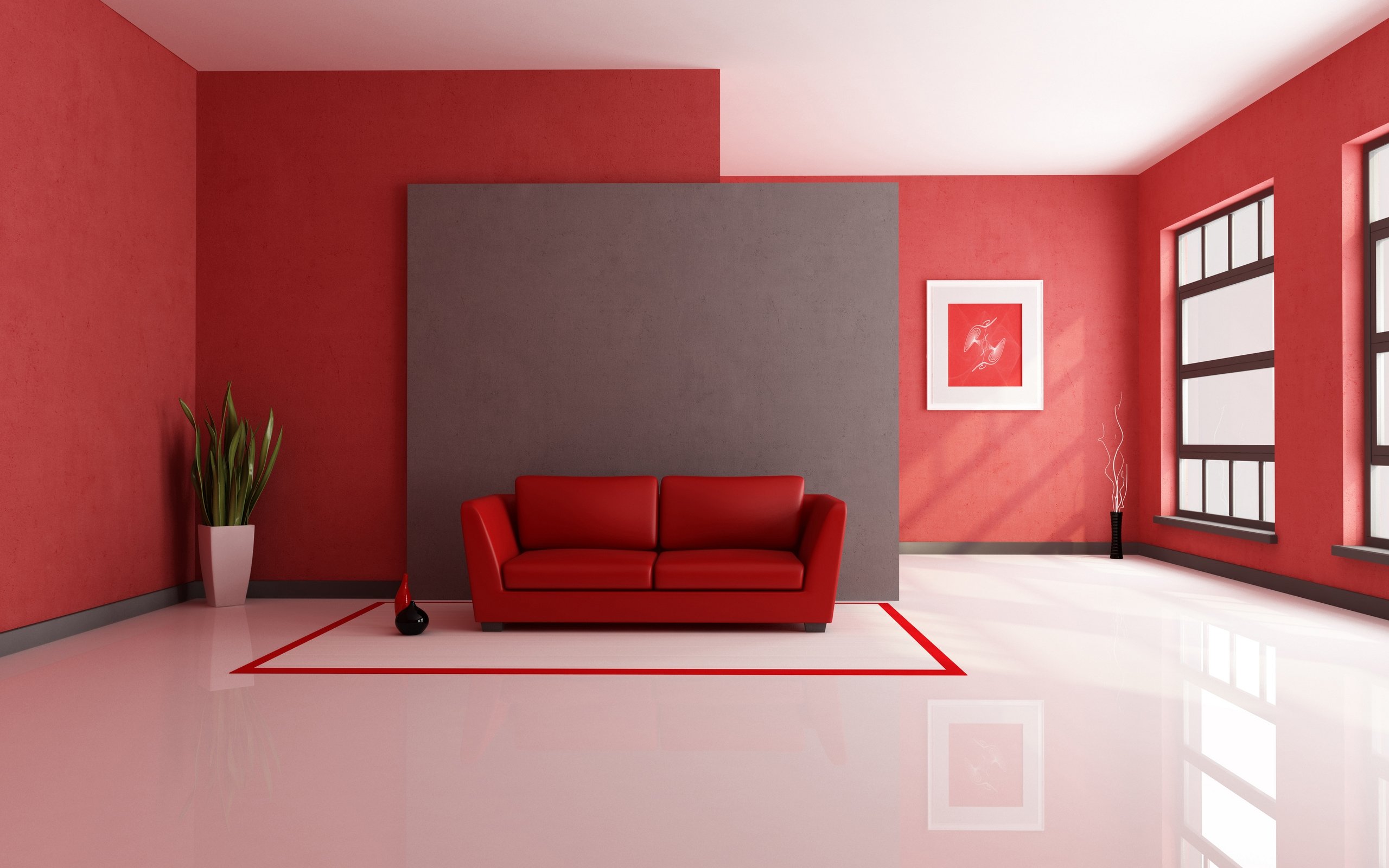Is it worth it to pay a contractor to paint my house?
Congratulations on your decision to paint! Exterior Painting is one of the fastest, easiest ways to add real value to your home. A good paint job does more than just add color. It can affect your mood and productivity and even lower your utility bills! Quality materials and proper technique are critical to achieving a durable, cleanable, and easy-to-maintain finish. This is true even if you are putting on the same color as before. Keep in mind, using paint of a good quality can even make a surface more abrasion-resistant, easier to clean and capable of washing without the risk of removing the paint.
So the question remains: can you achieve the same level of paint job on a "do it yourself" project? Most people will say "NO" because painting isn't an easy job especially when done right.


Professional contractor have the expertise to spot and prevent potential problems before the work even starts, saving you a lot of money, while DIY projects involve a lot of trial and error because of the lack of experience. Professional contractor that is an experienced house painter have all the tools necessary to complete a job, and since they need and use them regularly, they most probably own the best tools and equipment out there. In addition, through experience a professional painting contractor have learned which drywall compounds, primers, and paints work best depending on the surface, and they also know which green brands are the best. Homeowner does normally try to save money and buy low-quality products, which often leads to a great deal of frustration. A professional painting company is licensed bonded and insured and working according to city code and requirements, homeowners are also protected against injuries, damages and uncompleted projects.
Getting the job done: As a start your home will probably have an old flaking paint on the siding, trim, gutters and downspouts, along the bottom you may noticed a flaking parts of stucco due to water damage, this needs to be removed before applying a fresh coat of paint on. The most effective approach would be to begin with a power washing with water to remove the majority of the damage.
The next step is the preparations, on exterior wood siding: the contractor will fill in any gouges or holes with an exterior-grade patching compound, if damage is more extensive, the contractor will replace the area with a new piece of siding. Then remove even small areas of loose, flaking, chalky or blistered paint thoroughly. This can be done with a paint scraper, putty knife and wire brush. Sand the edges of the area of removed paint afterwards to help the new paint cover and hide the edge.
On stucco surface: Non-structural cracks will always occur on masonry surfaces. They can either have a random distribution or occur in large numbers. These cracks can range from hairline to 1/4 inch wide. Caulk can be effective on small tight cracks, but will fail when applied to large cracks with a lot of movement. A better alternative is to use a brush grade elastomeric sealant is available with or without texture to help it blend into the surrounding surface. Damaged Areas - Any loose stucco must be removed and repaired. A professional contractor will be able to match the existing texture should repair to a large area is needed. Smaller areas can be repaired with specialized patching compounds. It's important to remember that matching any texture is extremely difficult.
Next: the professional contractor will Caulk all cracks, seams and gaps with a top-quality, paintable exterior caulk. This includes areas like the perimeter where siding meets windows and doors, corners and the edges of exterior trim. Cracks and seams leave edges where fresh paint can quickly begin to deteriorate.
Then the contractor will mask off areas that are not to be painted. You may want to place masking tape along the edge of house trim, and around window and door frames and trim, since this is likely to be painted in a different color or with higher sheen paint.
Now your house is ready for primer and exterior painting, but before you will be able to start painting you will need to select the right paint for the job. This step is essential to an attractive and long-lasting result. As a rule of thumb, note that the more costly the paint is the better quality it is. Basically this means is that a costly paint will most likely get the job done, and your home will be abrasion-resistant and remain good looking for a longer period of time. It is definitely worth paying the extra money for good quality paint. A professional contractor will be able to advice on the right paint for your project included paint that can reduce heat gain (heat absorption) and heat loss in your home making it more energy efficient.
Once that’s done your contractor will be able to start painting your home!!!
But still one question remains: Is it worth it to you paying a contractor to paint your house?

Contact Us
We will contact you ASAP and schedule a Free In-Home Estimate which - always free of charge and without obligation.
